Every corner of the globe spins an enchanting tale, and some of the most captivating are woven not in words but in fabric and thread. Traditional clothing captures both the artistry and soul of a region, offering a glimpse into the rich histories, spiritual beliefs, climates, and values of diverse cultures. Whether it’s the kaleidoscopic colors of a Bolivian pollera skirt or the intricate handiwork of a Japanese kimono, the world’s ethnic fashions are dazzling chapters in the story of humanity.
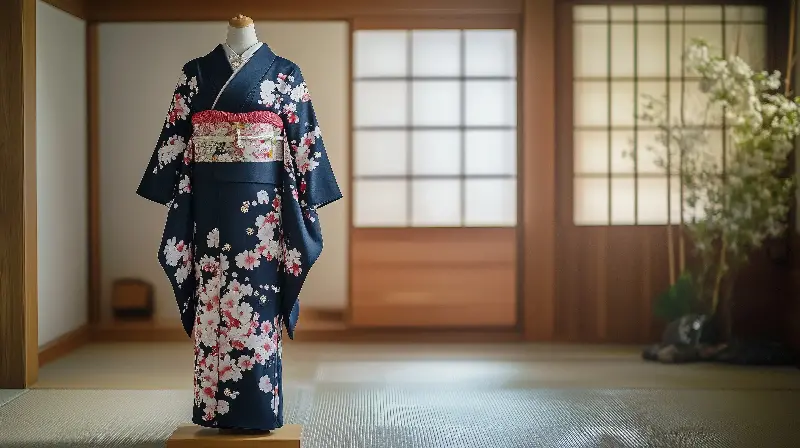
Threads That Tell Stories: What Traditional Clothing Means
Traditional attire is far more than ornamental dress; it’s the visual language of a culture’s past and present. From ceremonial garments that mark milestones to daily wear reflecting climate and materials, each outfit tells a story. Colors can signify anything from mourning to celebration. Patterns and embroidery often hold symbolic meaning, passed down through generations. For many, putting on traditional clothing is an act of honoring ancestors and keeping age-old practices alive.
In many communities, clothing distinguishes social status, vocation, marital status, and even religious affiliation. For instance, in India, the draping of a sari or the embroidery styles on a kurta can pinpoint someone’s state, caste, or festival. In the Scottish Highlands, tartan kilts are still matched to proud family lineages. The world of traditional dress is a fascinating code, waiting to be unraveled.
Asia’s Tapestry: Silk, Elegance, and Shimmer
Asia’s diversity comes alive in its attire, celebrated from steppes to archipelagoes. In Japan, the kimono is a timeless garment with a silhouette instantly recognizable worldwide. Each season and occasion boasts its own kimono type, with motifs ranging from cherry blossoms to cranes, each representing hope, longevity, or renewal. The obi sash alone can take years to master in its tying.

Meanwhile, China’s qipao, or cheongsam, epitomizes high-collared elegance with its slim fit and elaborate embroidery, flourishing during the roaring 1920s in Shanghai as women declared new freedoms. Vietnam’s ao dai gracefully combines a long tunic with wide trousers, fluttering in brilliant silks during festivals and weddings.
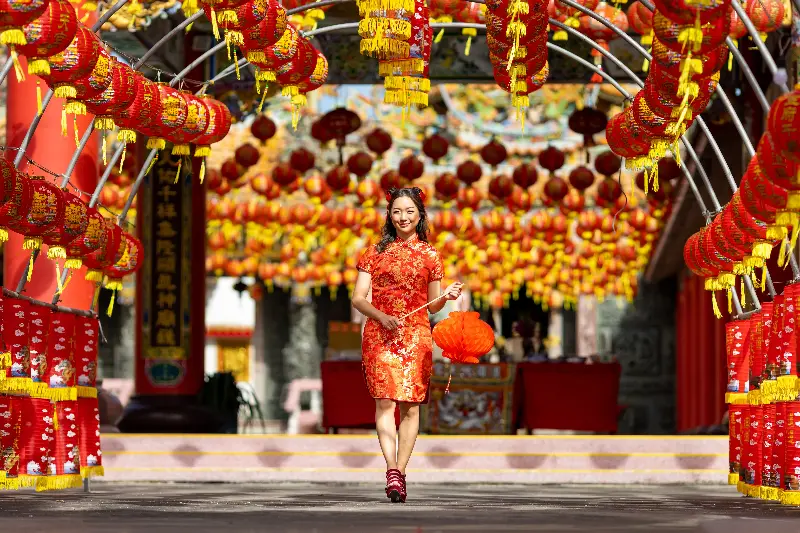
Across South Asia, men and women revel in vibrant hues. India dazzles with its saris and lehengas, often gilded in zari gold thread, and men don groomed sherwanis with intricate buttons and brocade. Elsewhere, the “batik” prints of Indonesia and Malaysia create riotous patterns using wax-resist dye, a technique UNESCO has recognized as an intangible heritage.
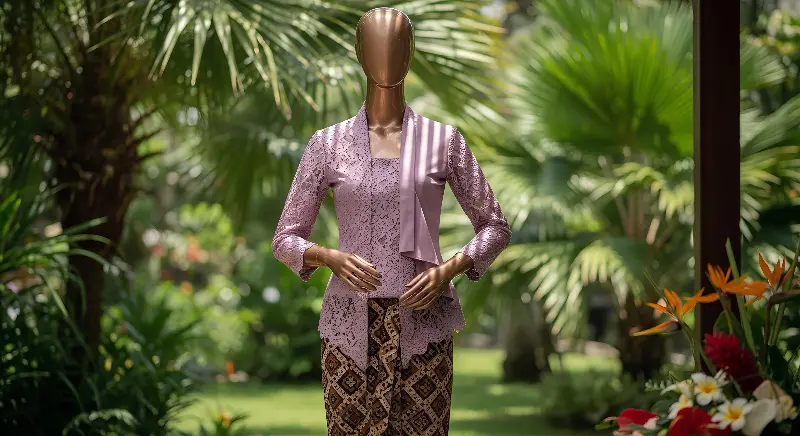
Africa’s Colorful Identity: Royalty, Symbolism, and Craft
African fashion stands unrivaled in its rainbow palette and symbolic prints. The West African boubou, a flowing robe worn by both men and women, announces celebrations and status with every sweeping movement. Positively packed with meaning, its colors and embroidery flaunt stories of wealth or coming-of-age.
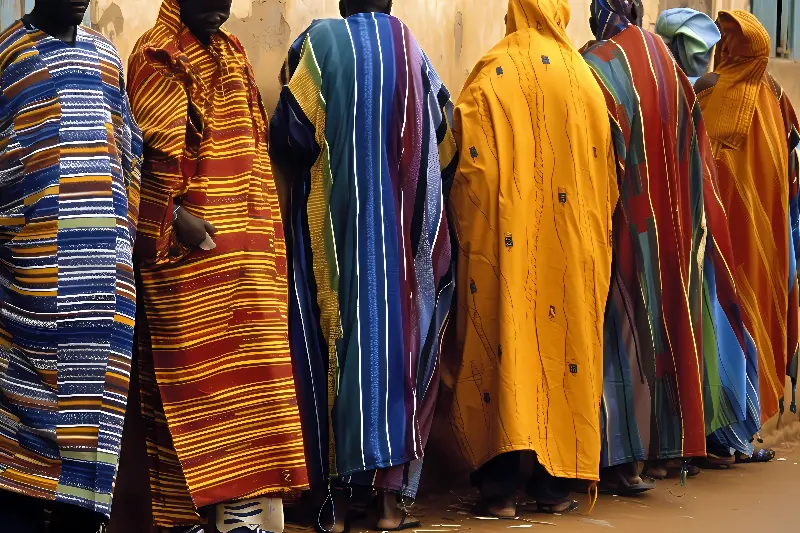
No mention of African dress omits the kente cloth from Ghana, a marvel woven by the Ashanti people. Made of silk and cotton, kente patterns are never random: every color, shape, and stitch is chosen for its special significance. Yellow is for royalty, green for growth, black for maturity. The patterns themselves bear names, often referencing proverbs or historical events.
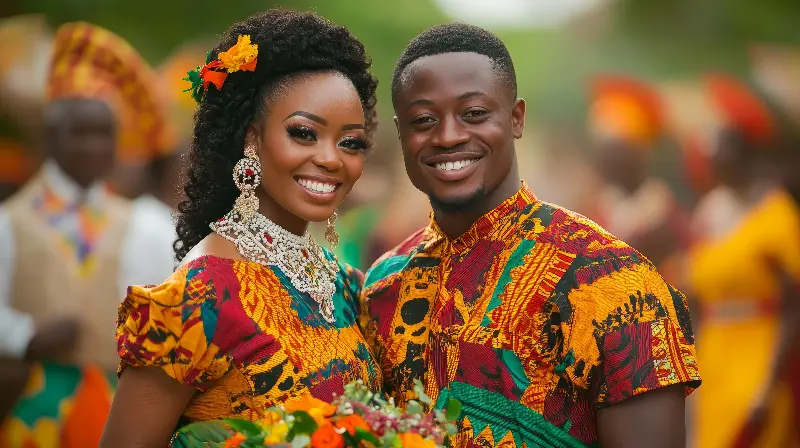
In North Africa, the Moroccan kaftan is a symbol of refinement. Traditionally tailored in sumptuous velvets and silks with elaborate gold trim, the kaftan is now beloved worldwide from celebrity runways to high-profile events. Tuareg men of the Sahara wrap themselves in the striking indigo-blue tagelmust, which not only shields against sun and sand but lends an air of nobility.

Europe’s Heritage: Elegance, Function, and Folklore
Europe’s traditional dress tells stories of rugged landscapes and fairy-tale festivals. In the Austrian Alps and Bavaria, lederhosen for men and dirndls for women once marked regional communities and are still mainstays at beer fests and folk celebrations. Embroidery, aprons, and hats are carefully coordinated, often inherited as treasured heirlooms.
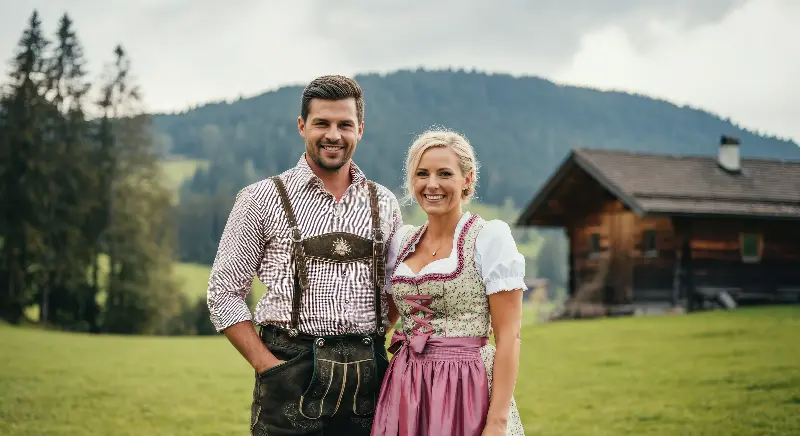
Spain’s flamenco dresses, especially the “traje de flamenca,” swirl with polka dots, lace, and ruffles that mirror the drama and passion of the dance. The matador-inspired short bolero jackets and fitted bodices pay tribute to Andalusian spirit.
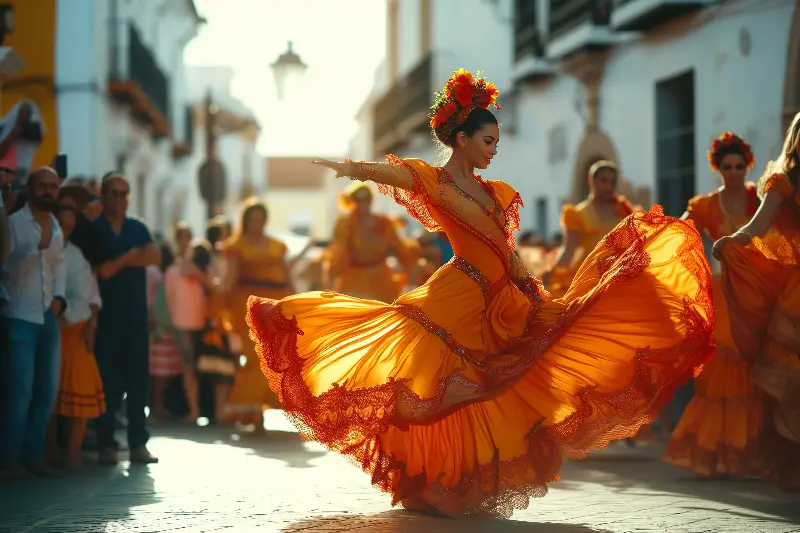
In Eastern Europe, the Ukrainian vyshyvanka, an embroidered shirt in white linen or cotton, brims with heritage. Each stitch is a symbol, thought to bestow protection or happiness. Patterns vary by region—geometric in the Carpathians, floral in Poltava—revealing a personal and national story at once.
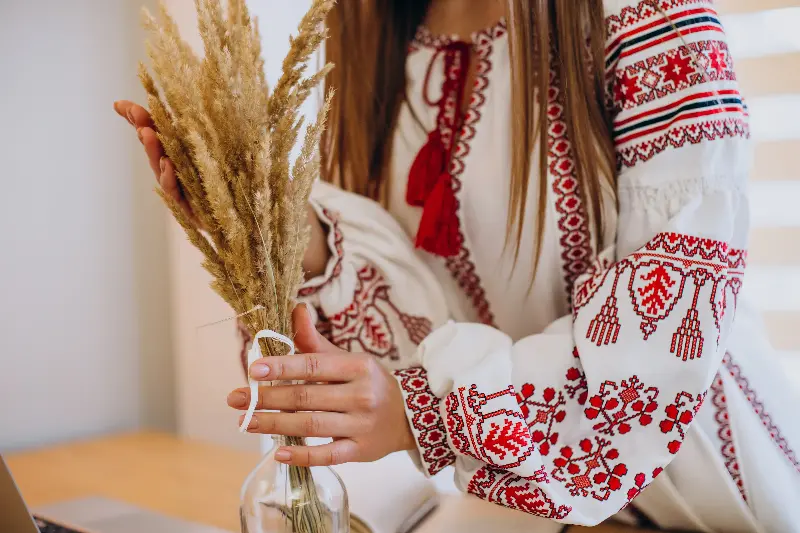
The Americas: Myth, Nature, and Survival
In the Americas, traditional clothing is inseparable from legacy and the land. Bolivia’s polleras are multi-layered skirts in bold, metallic shades, worn by indigenous women as a symbol of cultural pride, even after Spanish colonization tried to erase them. The Andean poncho, with its bold geometric designs, does double duty as a badge of identity and a shield against highland chill.
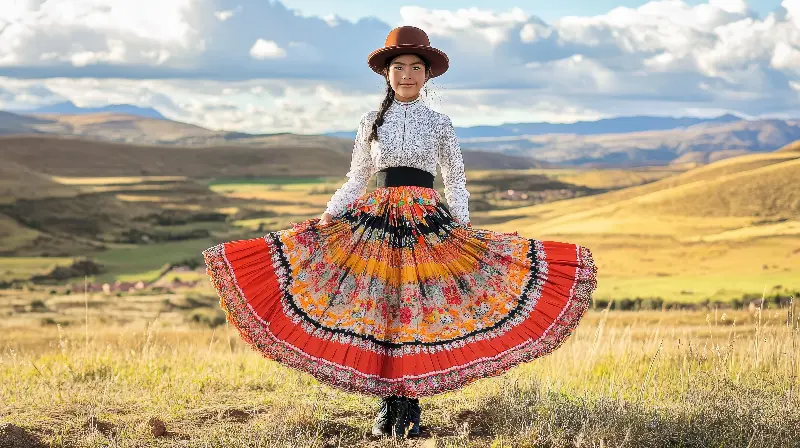
North America’s indigenous regalia, such as the feathered headdresses of Plains nations or the elaborately beaded dresses of the Lakota, are not just stunning—they carry sacred significance. Each bead, feather, or motif is chosen for a reason: to connect the wearer to their ancestors, history, and the natural world.
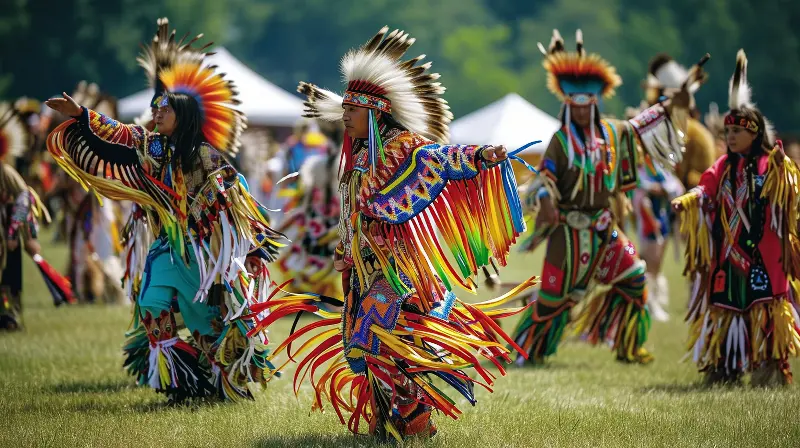
Mexico’s huipil, a hand-woven blouse, and the China poblana skirt are beloved representations of mestizo culture. Intricate embroidery in Mayan and Zapotec styles often depict animals, plants, and cosmic elements, making everyday dress a vibrant celebration of roots.
